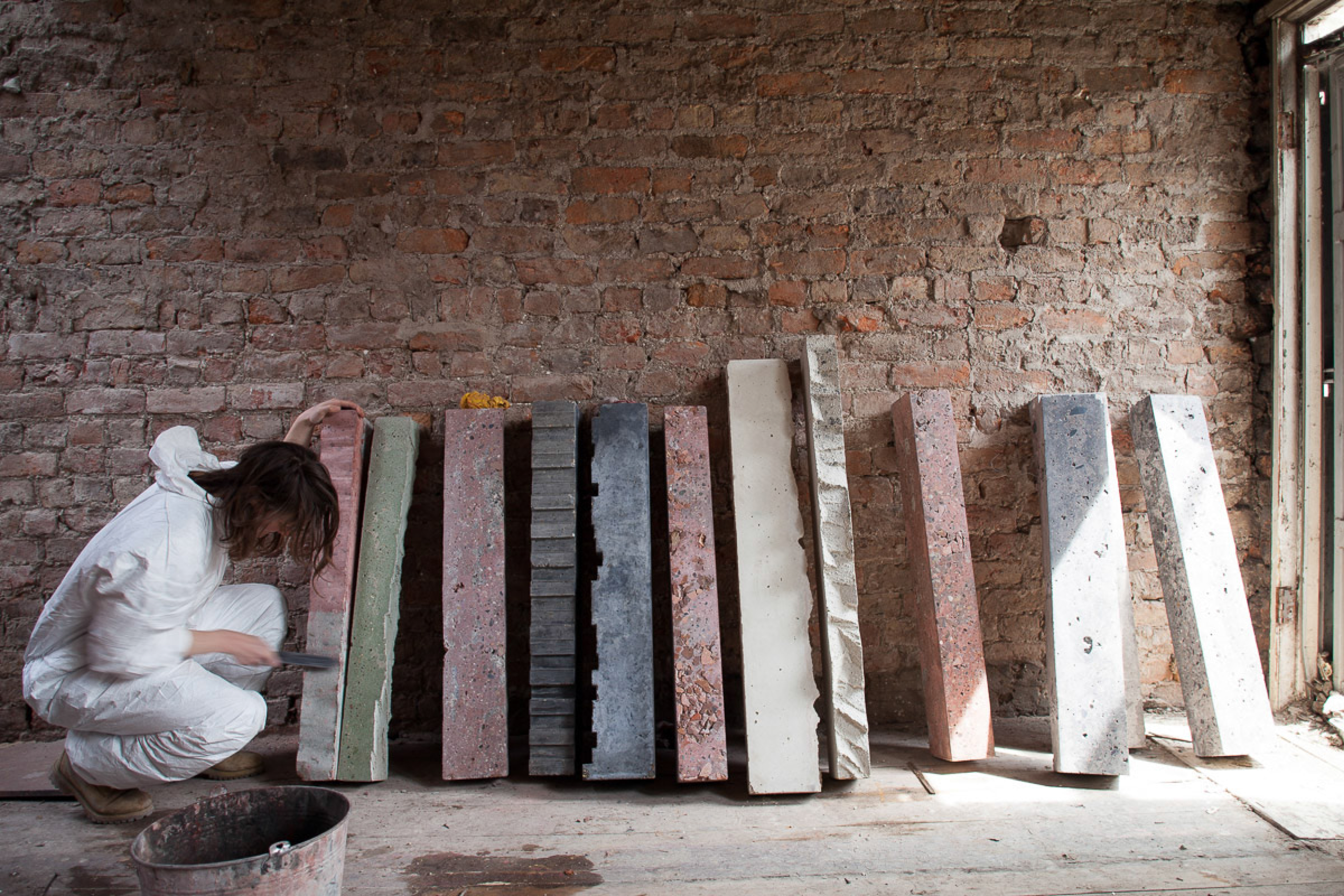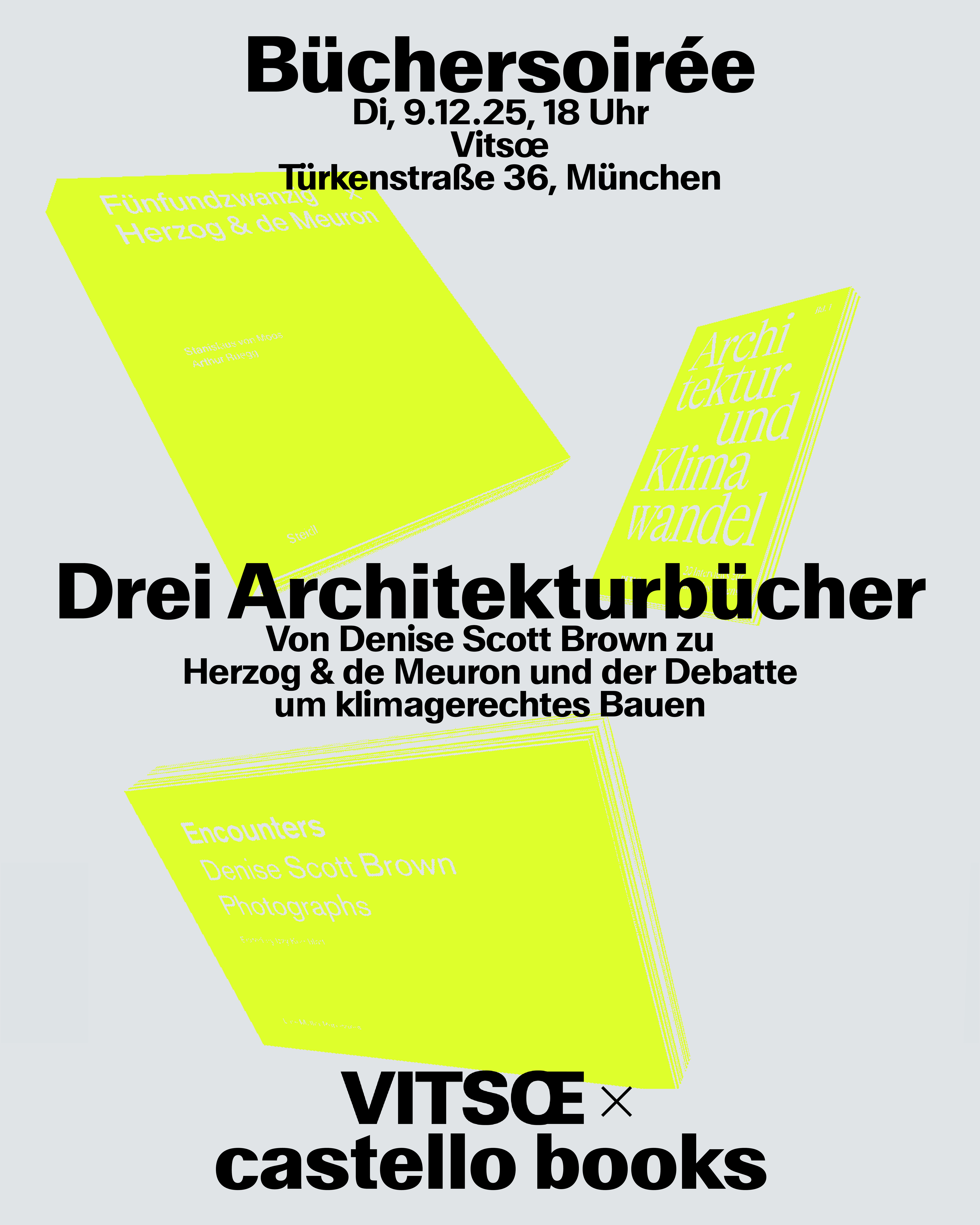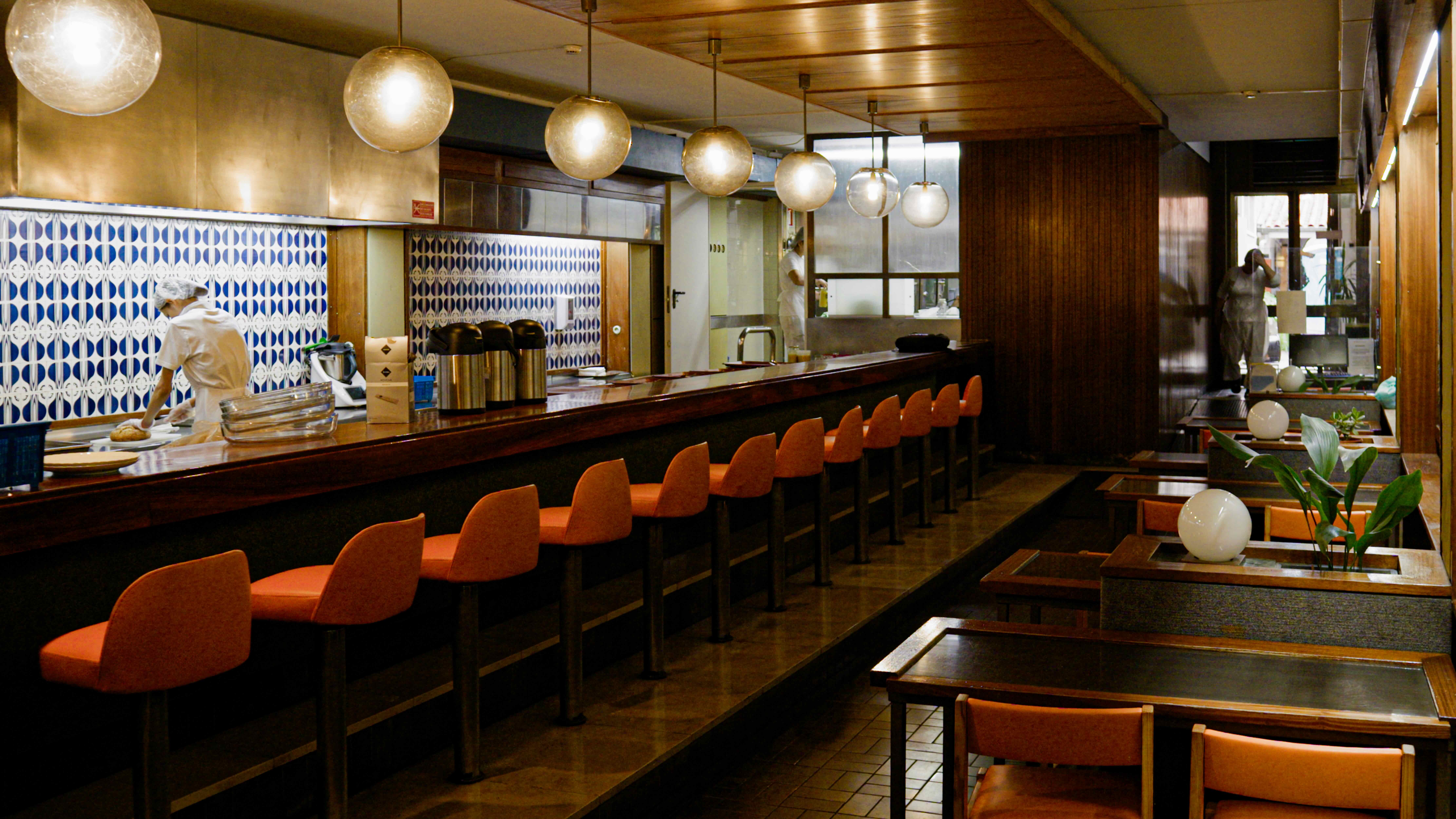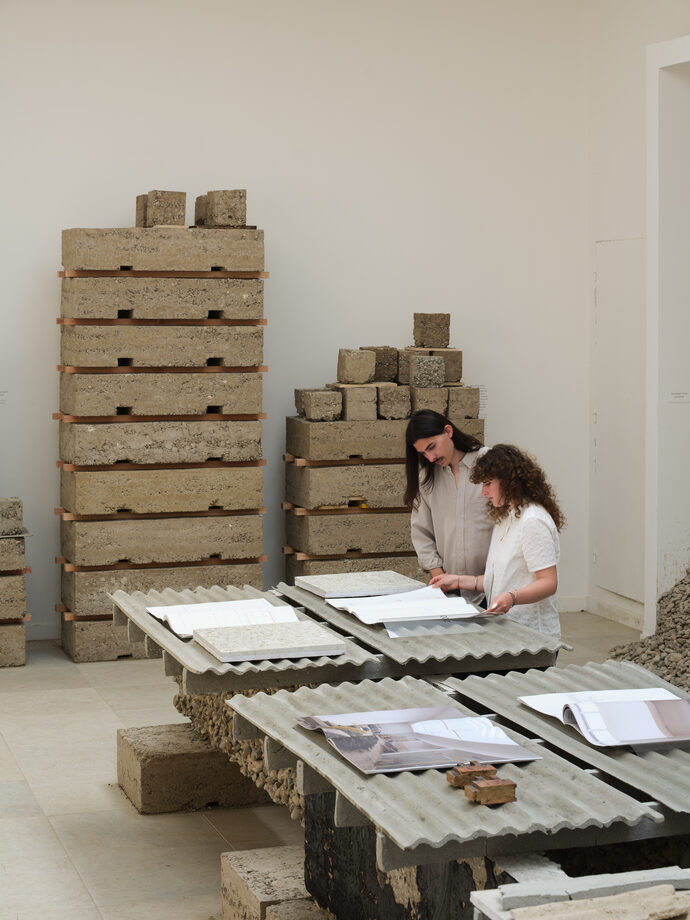The passage of time is inherent to life and leaves its mark on all of human civilisation, but in terms of pace there are waves that rise in certain places at certain times. Berlin is most definitely a city in which the curve of change over the recent past can be readily seen and felt.
There was a time when West Berlin was an island, surrounded by 'the enemy'. Nobody really wanted to live on this island even though to the whole world it was considered a symbolic place. A lot of companies had left their buildings and moved to other cities in Western Germany. And for many West Germans, Berlin was a place that existed only in their memory, a blind spot on the map – in the middle of a no man’s land. That was when I moved to West Berlin and experienced the first weeks of my studies at the Technical University. Life was easy then. In addition to the earnings from our student jobs, we received 15% extra-pay on top for living in Berlin, plus: phone calls weren't calculated in minuteunits, it was easy to find a flat-sharing community, and the city was full of male students who wanted to avoid army conscription in the Federal Republic of Germany. When the Wall fell, this daily routine went haywire and there was no way to continue as before. I remember spending the cold nights of November 1989 standing on the Wall, shouting angry noises at the perplexed East Berlin policemen and menacing water guns deployed in the 'death strip' next to the Brandenburg Gate. One night we entered the German Democratic Republic and had a quick promenade at Unter den Linden, full of fear that we mightn’t be able to make our way back home to the West. When the first DDR families came to West Berlin, we warmly welcomed them at Checkpoint Charlie and made our first acquaintance with East Berliners. Our nighttime excursions to the East became daytime activities. We explored working-class quarters, zeroed in on forgotten architectural highlights and looked up to the monumental pastry chef ’s sugar baker's style of socialist architecture. And of course we spent a lot of time dancing and discussing things in illegal bars, establishing our first ties with students from beyond the Wall. Even when all this became daily routine and politics found a way to arrange things, Berlin was still a ruin, for the most part – the Tacheles Art House remains unforgettable, the derelict New Museum… Everybody thought Berlin would become an industrial centre like many West German cities. But up until now this has not happened. Nor has the shifting of the German government from Bonn to Berlin much affected the situation.
Berlin is still waiting for a change
The city is more a capital of the mind than of reality – there remains this sentation of a void. When the Potsdamer Platz was built, we were all disappointed at the missed opportunity for a thrilling new zone. The former DDR architecture had mostly been demolished, as if one could delete an era by deleting its buildings. Instead of our dreams, only huge loopholes appeared, and Western mainstream ideology slowly settled in. The era of the island was over, our studies completed, and, as there were no jobs at all in the new capital, many of us moved to other places.
Room for all
Coming back to Berlin nowadays, I am astonished by the creative potential of the urban space to reinvent itself over short time periods.In the same streets explored long before – in Mitte, Friedrichshain and Prenzlauer Berg, more new shops have opened every time I pass, while others have disappeared. Some sell hand-moulded soaps, while other ones offer tailored clothes for kids and babies. It seems that everybody has discovered his/her creative vein and everybody is an artist. The cafés are full of young people getting things done on laptops, involved in the creative industries – film and fashion, design and art – having adopted the city as their reservoir. Rents are still affordable and make people from other cities envious. There is enough space for everyone in Berlin, for families and students, Turks and Russians, politicians and the unemployed. The main characteristic of the city today is the kind of free space where different initiatives can grow. Hartz IV furniture, Chess Boxing and urban gardening, all find their admirers, their public, and their way to survive in Berlin, as do the many artists who are unknown at an international level. They would never find these attributes elsewhere. But still, Berlin misses financially strong clients and it seems that the city is still waiting for its economic future. As long as this lasts, Berlin is a good place for creative people from all over Europe. It is the imaginative scope of ideas that makes the city poor but sexy, as the mayor of Berlin once stated.
Text: Sandra Hofmeister





